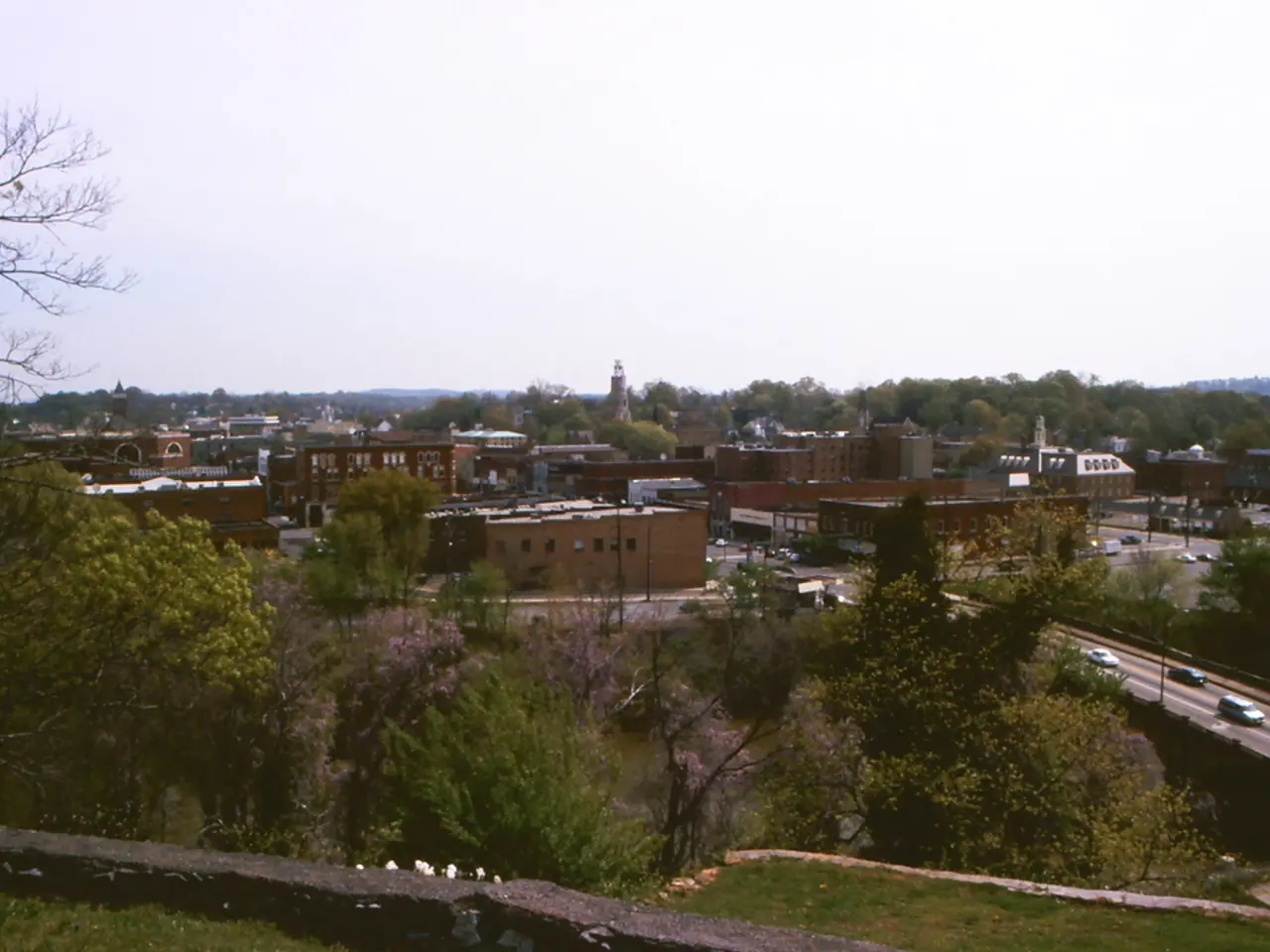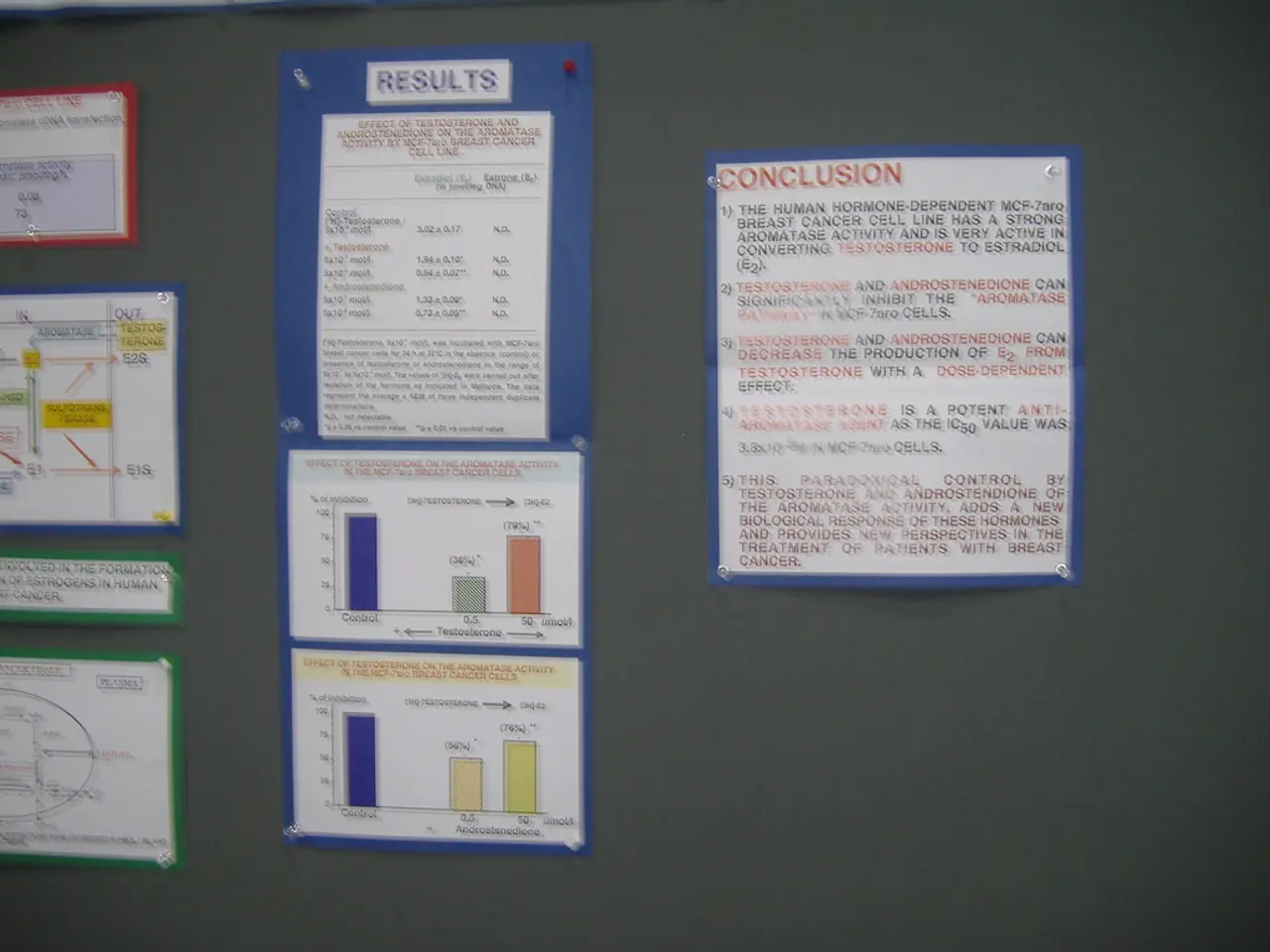Engineering Resilient Urban Spaces: 'Architecture in Crisis'
Regenerative Urbanism: A Holistic Approach to Sustainable City Design
In the realm of urban planning, a new philosophy is gaining traction - Regenerative Urbanism. This innovative approach, showcased in the Designing with Disaster exhibition, focuses on creating cities that not only coexist with nature but actively contribute to its restoration and enhancement.
At its core, regenerative urbanism seeks to heal, restore, and strengthen the natural and social ecosystems within urban environments. Unlike traditional sustainable design, which primarily aims to minimize harm, this paradigm strives to make a positive impact, restoring ecological vitality, supporting the climate, and uplifting communities.
The concept recognises humans and nature as part of an interconnected living system. Urban design, therefore, becomes a practice of nurturing mutually beneficial relationships among ecosystems, communities, and built form, fostering resilience to disasters and other stresses.
Each urban place is seen as unique, with its own ecological, cultural, and historical narratives. Regenerative urbanism respects and incorporates these distinctive elements, resulting in designs that belong to their place rather than imposing upon it.
An integral part of this approach is the integration of health and well-being. Resilient urban design considers social and brain health dimensions, creating environments that support mental and physical health through access to natural spaces, community connectivity, and nutritious food. This is particularly crucial for post-disaster recovery and ongoing resilience.
Regenerative urbanism also embraces disasters as opportunities for cultural renewal, inclusive reconstruction, and empowerment. Lessons from disaster-affected cities, such as those featured in Designing with Disaster, underscore the importance of preserving historical and cultural identities amid transformation.
The city featured in the exhibition embodies this philosophy through its main attraction, the 'Memorial Landscape'. This site preserves ancient canals and monuments, showcasing how the community's ancestors built breakwaters and tidal forests to protect their dwellings.
In essence, regenerative urbanism is a holistic, forward-looking approach to city-making that fuses disaster resilience, ecological regeneration, and social vitality to create urban areas that are sustainable, adaptable, and positively impactful over time. It's a call to action for urban planners, architects, and policymakers to reimagine cities as living, breathing organisms that can not only survive but thrive in harmony with nature.
- Science and technology play a critical role in Regenerative Urbanism, as they help in designing cities that not only coexist with nature but actively contribute to its restoration.
- To promote sustainable living, educational institutions and self-development programs are incorporating environmental science, focusing on climate-change awareness and sustainable city design.
- In line with Regenerative Urbanism, home-and-garden enthusiasts are embracing data-and-cloud-computing to monitor and manage their personal green spaces, adopting sustainable practices for improved environmental health.
- Regenerative Urbanism's holistic approach to urban design extends to personal growth, emphasizing the importance of healing, restoring, and strengthening social ecosystems within urban environments.
- As cities evolve according to Regenerative Urbanism principles, they become living examples of the interconnections between lifestyle, education, and our natural environment, fostering a culture of resilience, adaptability, and mutual benefit.




